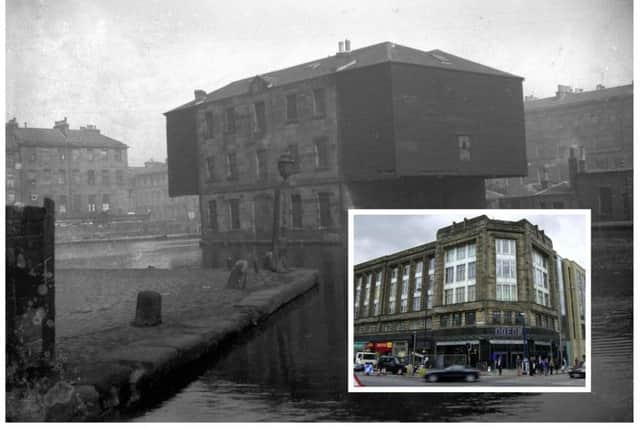When passenger boats could dock at Lothian Road in Edinburgh's city centre
Upon its completion in 1822, the Edinburgh and Glasgow Union Canal, linking Scotland's two largest cities via Falkirk and the Forth and Clyde Canal, was essentially the M8 on water; the liquid superhighway of its time.And, while it still exists, with large stretches in better shape now than they have been in generations, the canal's eastern extent once penetrated far deeper into Edinburgh city centre.Named Port Hopetoun basin, the Union Canal's giant eastern terminus occupied a plot measuring some 9000 square metres in area on the western fringe of Lothian Road. Incredibly, it was located within just 500 feet of what is now the Usher Hall.


"Your fare was 6s 6d (about 33p today) and that provided you with a cabin. You could risk the elements on deck for 4s 6d."There was even an advert for an Edinburgh to America route via a link at Glasgow."
Advertisement
Hide AdAdvertisement
Hide AdPort Hopetoun survived a century until 1922, when it was closed and subsequently abandoned to become an embarrassing and inconspicuous stretch of wasteground situated on one of the city's main thoroughfares.The Art Deco Lothian House, which incorporated the Regal Cinema (now an Odeon), would fill the site in 1936. A stone-carved relief on the building's frontage recalls the basin that preceded it. A plaque reads: "Here stood Port Hopetoun 1822-1922".
Brought back to life as part of the Millennium Link project in 2001, the eastern part of the present-day canal now ends at Lochrin Basin in nearby Fountainbridge.